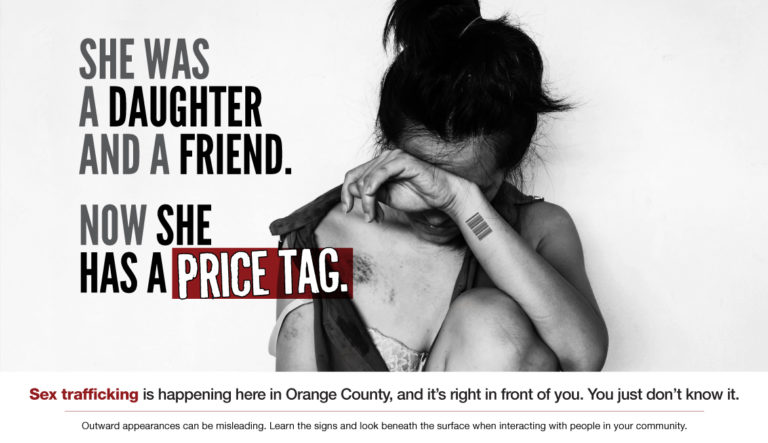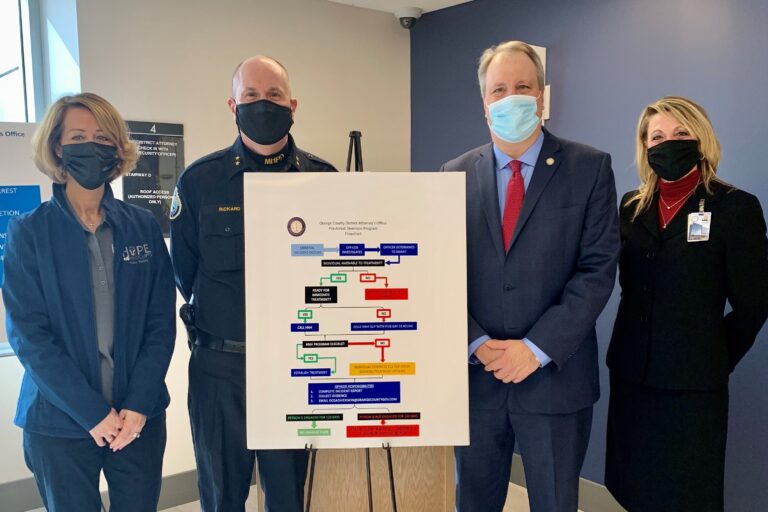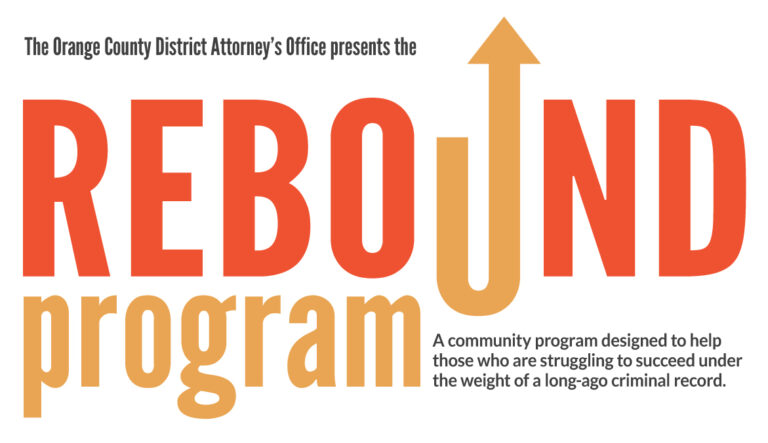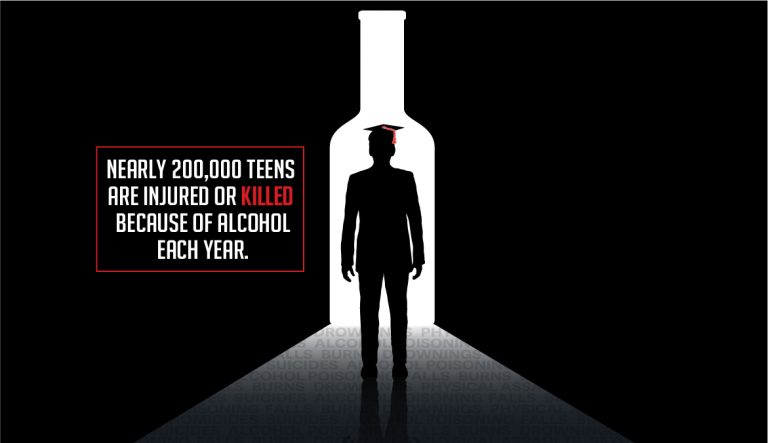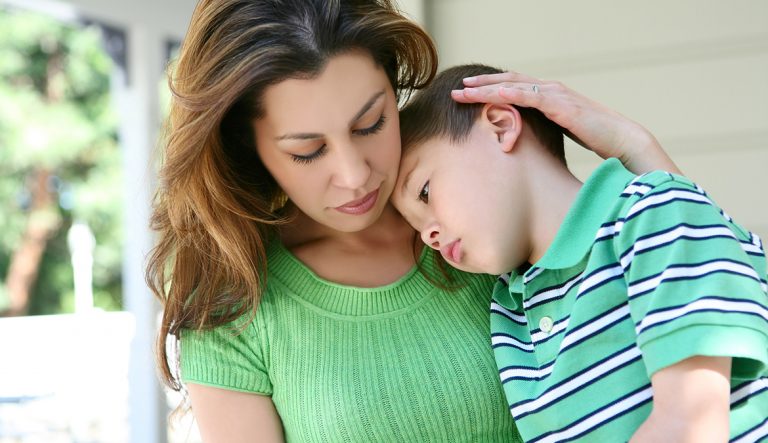MYTH: If someone is paid or initially consented to their situation, it’s not trafficking.
FACT: Initial consent to commercial sex or labor before the trafficker used force, fraud, or coercion is not relevant. If a pimp forces a person to engage in sex for money against their will at any time, whether through threats, coercion, or physical violence, that person is a human trafficking victim, regardless of age or initial consent. Further, there is no such thing as a “child prostitute.” Any child under the age of 18 engaging in commercial sex is a victim of sex trafficking, according to U.S. federal law.
MYTH: Victims will be desperate to escape their trafficker and will ask for help when they need it.
FACT: Individuals who experience trafficking may not readily seek help due to a number of factors, including shame, self-blame, fear, or even specific instructions from their traffickers regarding how to behave when interacting with others. Victims do not always self-identify and may not realize that they have rights. Many victims become traumatically bonded to their abusers (commonly referred to as “pimps”); despite enduring horrific violence, they believe their abusers love them. Cases of Stockholm Syndrome among victims of human trafficking are not uncommon.
MYTH: Victims must be held against their will by some form of physical restraint or bondage.
FACT: While some traffickers physically hold the people they exploit, most human trafficking victims are not in chains. It is more common for abusers to use psychological means of control. Fear, trauma, drug addiction, threats against families, and a lack of options due to poverty and homelessness can all prevent a victim from leaving.
Some traffickers use more subtle methods of trapping and controlling people, such as:
- Isolating victims from family, friends, and the public by limiting contact with outsiders and making sure that any contact is monitored.
- Confiscating passports or other identification documents.
- Threatening to shame the victim by exposing humiliating circumstances to their families.
- Threatening imprisonment or deportation if the victim contacts authorities.
- Debt bondage through enormous financial obligations or an undefined or increasing debt.
- Controlling the victims’ money.
MYTH: Only women and children experience trafficking.
FACT: Anyone can experience human trafficking, including men. Traffickers prey on the vulnerable, often with promises of a better life. Risk factors for trafficking include:
- Prior history of abuse or sexual violence
- Generational trauma
- Poverty
- Unemployment
- Unstable living situations
- Homelessness
MYTH: Trafficking includes some form of travel or transportation across borders.
FACT: Many associate human trafficking with transporting or border-crossing. However, movement is not required to constitute human trafficking. If someone is forced to work or engage in commercial sex against their will, it also falls under the definition of trafficking.
MYTH: Human trafficking is a global problem. There is nothing I can do to help.
FACT: Human trafficking has been reported in every single state in the U.S., including New York. The epidemic has no boundaries, and infests small towns and cities alike. Small actions and advocacy can make a huge impact on your community. There is always something you can do to help.
If you need help, or you think someone may be a victim of human trafficking, please call Orange County Safe Homes’ Confidential 24/7 Crisis Hotline at 845-562-5340 or the National Human Trafficking Hotline at 888-373-7888.
You can also submit a tip online through the anonymous online reporting form via www.humantraffickinghotline.org/.
(Source: Office on Trafficking in Persons: US Department of Health & Human Services)


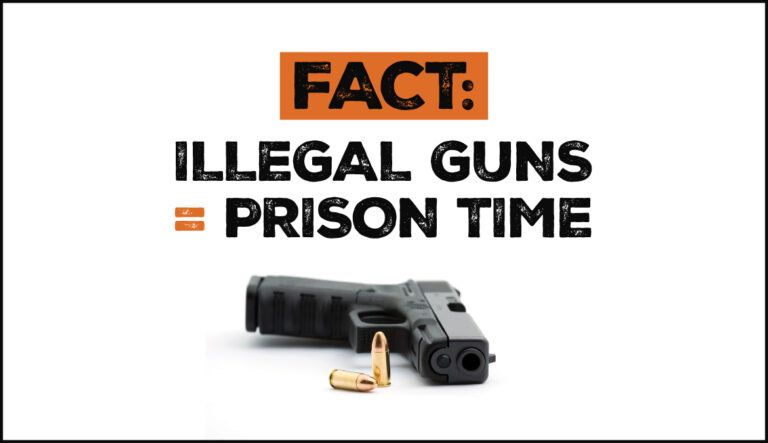
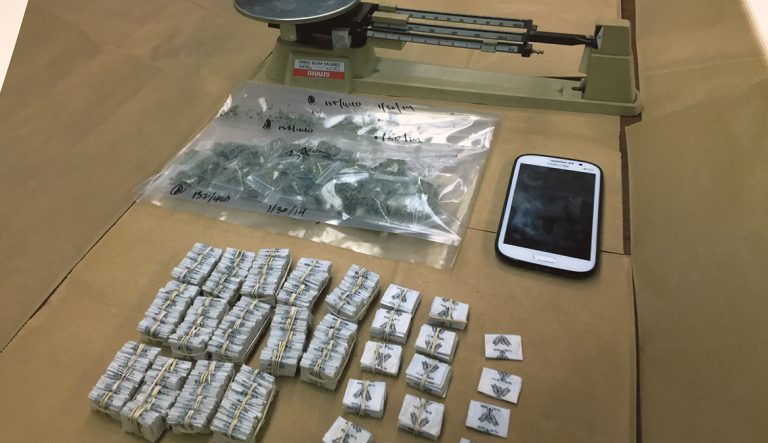
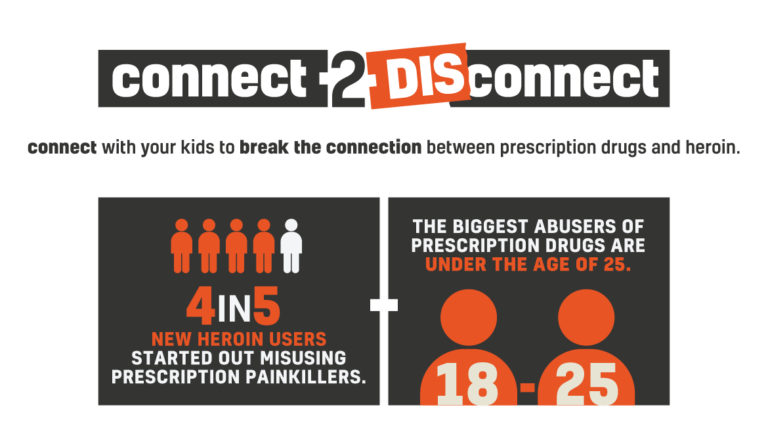
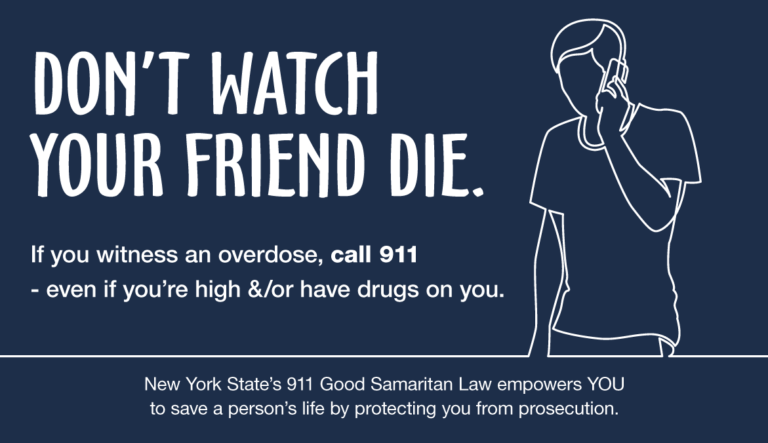
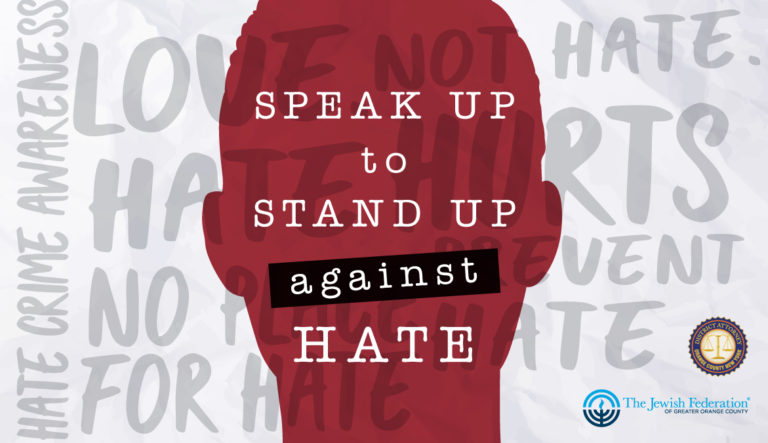
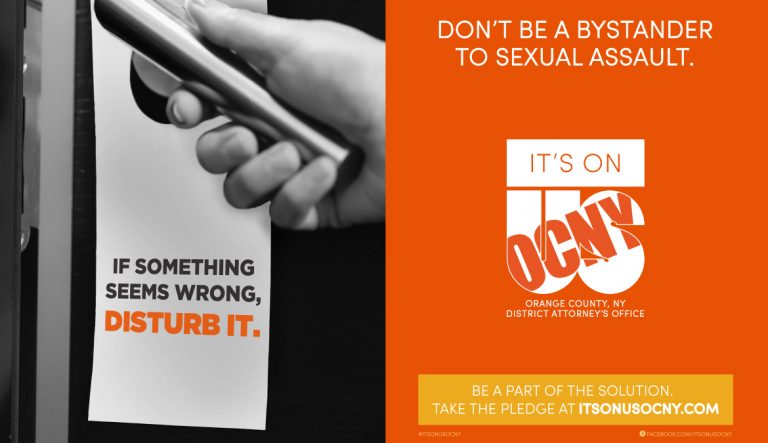
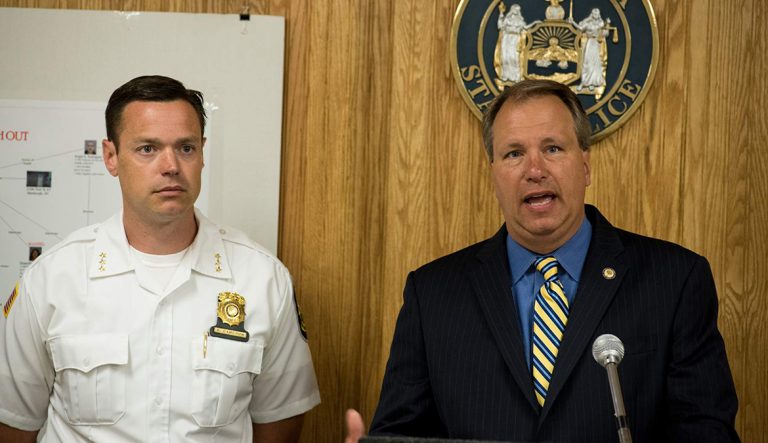
![ConvictionIntegrity [ File # csp5516776, License # 1485745 ]
Licensed through http://www.canstockphoto.com in accordance with the End User License Agreement (http://www.canstockphoto.com/legal.php)
(c) Can Stock Photo Inc. / Klementiev](https://davidmhoovler.com/wp-content/uploads/2016/12/ConvictionIntegrity-768x443.jpg)


